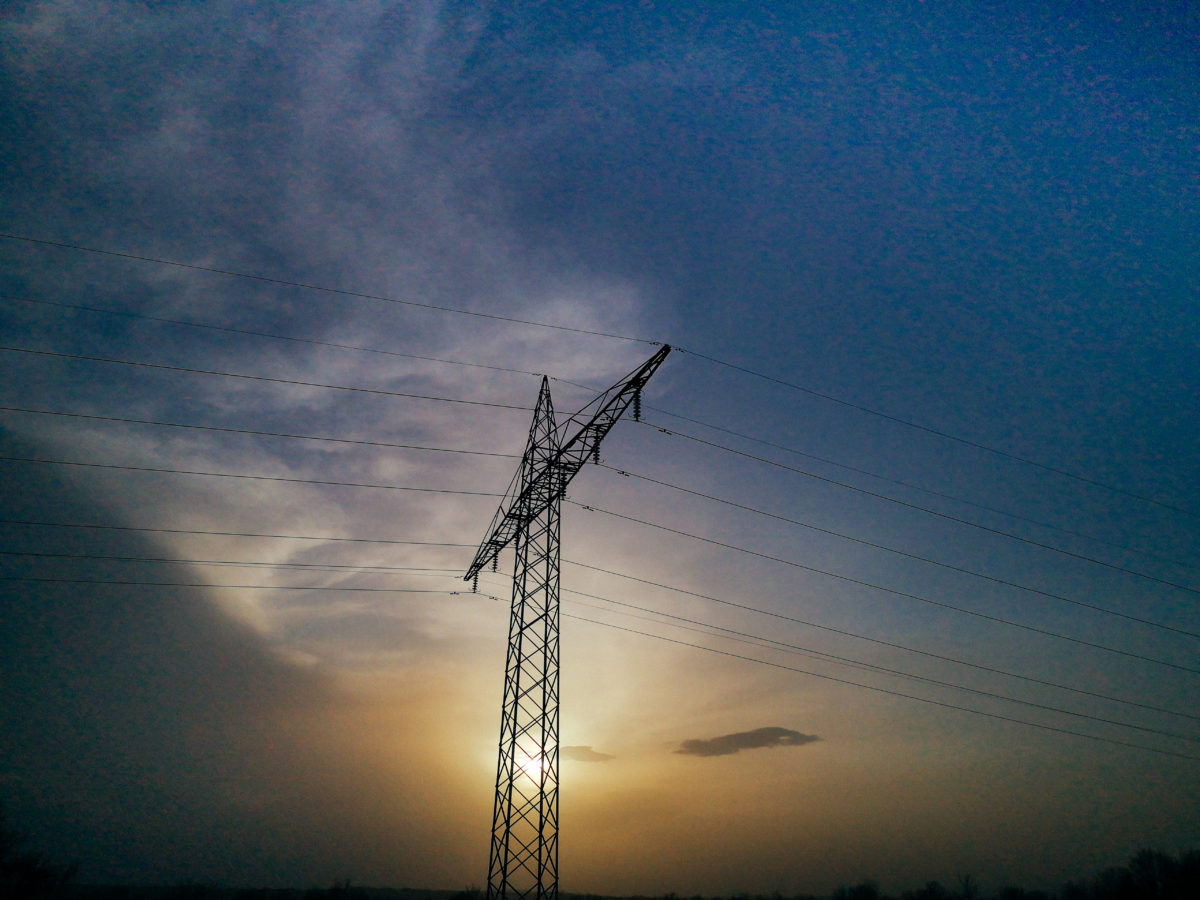Researchers at the University of Auckland have proposed a new framework to analyze the impact of large-scale PV plants on the steady-state voltages of weak grids in emerging economies.
“Depending on size, topology and penetration level, PV systems can cause various technical issues for the grid, such as instability, power fluctuation, voltage regulation and lower reliability, along with other non-technical challenges such as policy frameworks, planning and operational optimisation techniques,” they said in “A novel framework for integration analysis of large-scale photovoltaic plants into weak grids,” which was recently published in Applied Energy. Weak grids are finely tuned in terms of voltage management, but have constrained reactive power compensation ability.
The scientists considered two different generation profiles for weak grids in which long-distance, medium-voltage lines are connected to small loads – a probable maximum generation (PMG) profile based on clear-sky radiation, which which does not consider cloud cover, and an average generation (AG) profile based on average radiation. “The main difference between the proposed framework and existing PV integration analysis is that two distinctive PV plant generation profiles are applied in this work,” the academics said.”The main purpose of the present study is to demonstrate the importance of using the PMG profile for voltage evaluation.”
The new methodology was tested on a case study of a regional power system in Mongolia – the Altai-Uliastai Energy System (AUES) – which has a fragile network with high transmission losses. The PMG profile was used to assess the impact of a PV plant on a weak, steady-state voltage grid. The AMG profile was utilized exclusively for energy analysis.
“The intent was to analyse 25%, 50%, 75% and 100% PV penetration levels into the AUES, but 5, 10, 15 and 20 MW PV plant scenarios were chosen for convenience despite slight differences,” the researchers said.
The case study showed that the application of the PMG profiles for load flow analysis, instead of the AMG profiles, resulted in a significantly higher number of possible voltage violations, along with an overall voltage magnitude increase.
“The results show that the importance of the PMG profile of a PV plant is considerable when the grid connection point is weak,” they further explained. “In terms of energy assessment of PV plant integration, the AG profile represented accurate total annual generation while the PMG profile led to a significant overestimation (approximately 51% higher).”
In the future, the group wants to improve the framework for the optimal sizing of PV plants into weak grids, by adding some technical and financial constraints.
This content is protected by copyright and may not be reused. If you want to cooperate with us and would like to reuse some of our content, please contact: editors@pv-magazine.com.




By submitting this form you agree to pv magazine using your data for the purposes of publishing your comment.
Your personal data will only be disclosed or otherwise transmitted to third parties for the purposes of spam filtering or if this is necessary for technical maintenance of the website. Any other transfer to third parties will not take place unless this is justified on the basis of applicable data protection regulations or if pv magazine is legally obliged to do so.
You may revoke this consent at any time with effect for the future, in which case your personal data will be deleted immediately. Otherwise, your data will be deleted if pv magazine has processed your request or the purpose of data storage is fulfilled.
Further information on data privacy can be found in our Data Protection Policy.